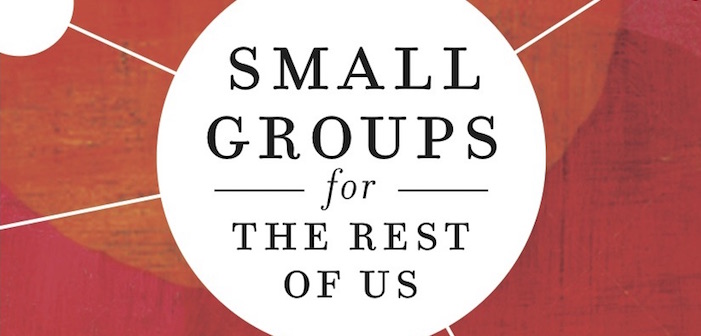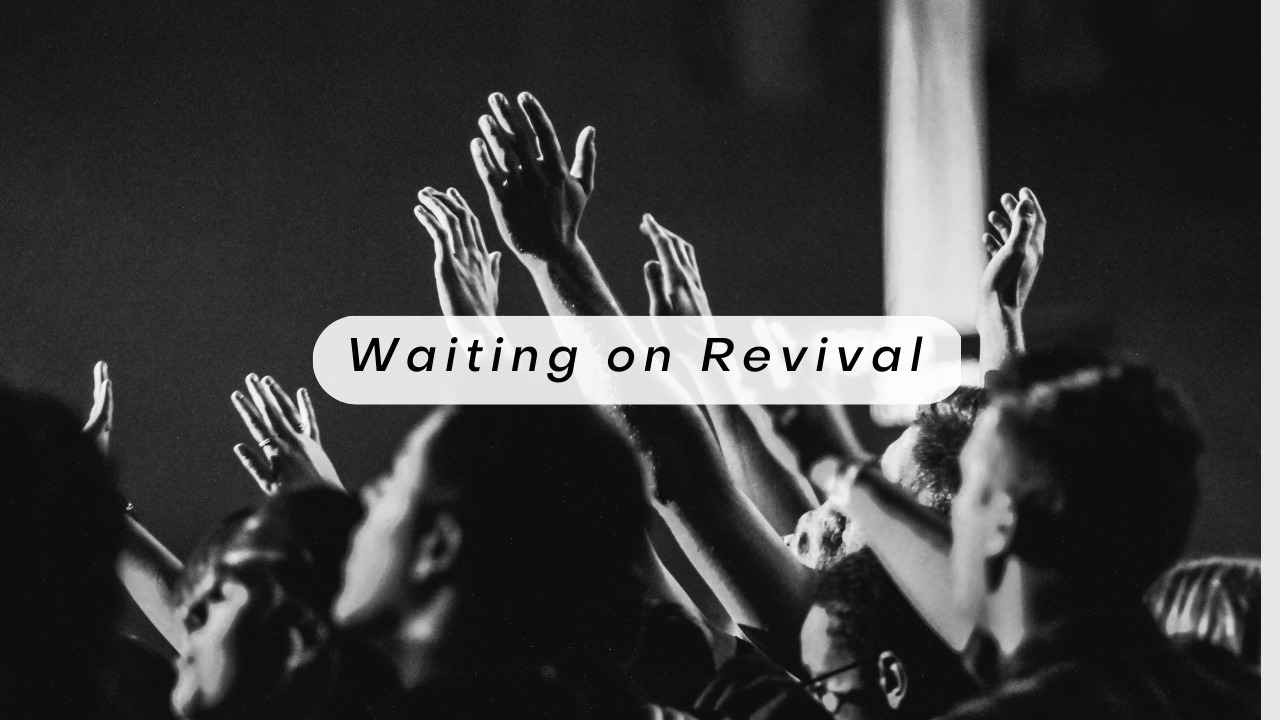One of my favorite reads of the year so far has been Small Groups for the Rest of Us: How to Design Your Small Groups System to Reach the Fringes by Chris Surratt. It is the best and most practical book I’ve read on creating a small group system in your church. Imagine my excitement when Chris agreed to let me ask him a few questions about his new book, and how to make small groups work for your church.
- Your new book is “Small Groups for the Rest of Us”, who are the “Rest of Us”?
As an introvert by nature, I have always felt left out by most small group systems. Between the connection hoops and the demand to share my secret sins in a room full of strangers, small groups felt like an intimidating concept. While thinking through how we could better design a system to reach people like me, I started running into other groups of people we were missing through our processes. If we were going to say we believed in community for everyone, what does that look like? The typical small group system is designed for the typical church attender. We have to begin thinking differently if we want to reach the people on the fringes.
- In your book you say, to the church outsider small groups are weird, I totally agree, how can the church overcome that perception?
I think a good start would be to acknowledge the awkwardness from the beginning. When pitching the idea of small groups to our congregations, the tendency is to only play up the potential benefits – which there are many – but a lot of people are only thinking about how scary and weird it seems to show up at a stranger’s house and “do life together.” Church leaders should publicly acknowledge how big a step joining a group is and offer to make it as easy and weird-free as possible.
- Would you say message studies based around the Sunday sermon are the best curriculum for groups, why or why not?
I think they are great starting point for any group. I don’t believe every group should do them or groups should use them forever, but well written sermon-based studies take a lot of the potential hurdles away for a new group. There is no cost. Homework for the group members is showing up for church or listening to the podcast. It reinforces the message beyond Sunday morning. New groups can use them for a semester while they get a pulse on what type of group they have.
- I love the idea of the group curriculum menu that you discuss in your book, do you think narrowing the options helps produce more leaders?
Producing a curriculum menu or map has several benefits for groups.
- It takes the burden of what to study next off of the small group leader and puts it on the staff. Most group leaders want to be lead on what their group should be studying. Any step that we can take off of our leaders will help attract new leaders.
- It gives a clearly defined discipleship path for groups to follow.
- It gives doctrinal fences for the groups to stay in. There a lot of curriculum choices out there, and not all of them will line up with your church’s dogma.
- You talk about how important it is for the Senior Pastor to be involved in a group, why do so many pastors resist this?
It’s scary for some senior leaders to think about exposing their lives to a small group of church attenders. That’s why I believe it’s important to allow the pastor to hand pick his group if possible. It’s also essential to give him the option of not leading the group. He has to lead everything else, so a small group should be an environment where there is safety and low-pressure to “perform.”
- Can you talk about the difference between open groups and closed groups, and why churches need both?
Open and closed groups can serve different purposes in a discipleship ministry. For instance, closed groups can have more accountability for spiritual growth than an open group. An open group can be more evangelistic by leaving room for for neighbors and friends to join. However, there are downsides to both. Closed groups can become stale and stop growing spiritually if together for too long. Open groups are difficult for new people to join because they already have established relationships. It’s like joining a new school in 10th grade.
- In the book you state, “Our goal for small groups is to feed people into our ministry teams as they discover their gifts for service in the church.”. Can that happen in a fun group, like volleyball or date night? Why or why not?
It can definitely happen, but I believe you have to make sure to define what the expectations for a small group are before labeling everything in the church a group. An affinity group can work well for assimilating someone into serving in the church, but are they being discipled? What is the mechanism for helping someone take their next step and can a volleyball group provide it? Those are questions every church has to think through when designing their discipleship system.
- What would be your best piece of advice for a pastor who is wanting to begin a small group ministry in his or her church?
Read and attend everything you possibly can. When I took over the small group ministry at my last church, I immersed myself in every book and blog written on the topic. And I know a pretty good book to start with! 🙂 There are also great conferences put on by churches who have been there and done that. Find a way to attend one and connect with as many other practitioners as possible. The small group world loves to support each other. The Small Group Network is an awesome community to be a part of. Please don’t do it alone!
Chris Surratt is a ministry consultant and coach with over twenty-two years of experience serving the local church. Chris served on the Executive Teams at Cross Point Church in Nashville, Tennessee, and Seacoast Church in Charleston, South Carolina. He also manages SmallGroup.com for LifeWay Christian Resources. Chris’s first book, Small Groups For The Rest Of Us: How to Design Your Small Groups System to Reach the Fringes, was just released by Thomas Nelson.





